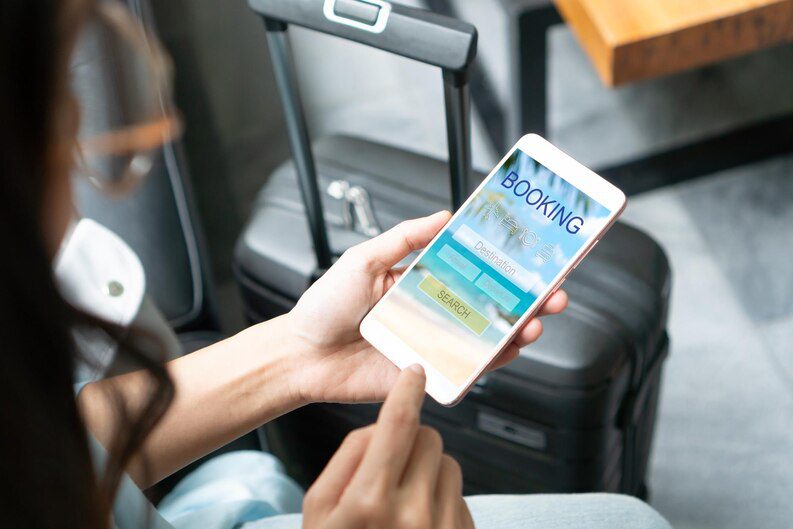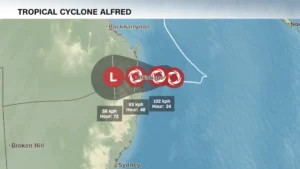Introduction
In the constantly changing landscape of the travel industry, technology plays a vital role in enhancing customer experiences and optimizing business operations. Creating an Uber-Like app for your travel agency can completely change how you communicate with customers and manage your services. This comprehensive tutorial will walk you through the process of developing a feature-rich app that ensures a seamless and delightful travel experience for your clients.
Step 1: Define Your App’s Objectives and Features
Before you dive into the development process, clearly define the objectives of your app and the features it should offer. Consider functionalities such as user registration, itinerary planning, real-time location tracking, secure payment options, and customer support. Outline the unique selling points that will set your app apart from competitors.
Step 2: Market Research and Competitor Analysis
Conduct thorough market research to understand the needs and preferences of your target audience. Analyze existing travel apps, including Uber, to identify strengths and weaknesses. Use this information to refine your app’s features and design, ensuring it caters to the specific demands of your users.
Step 3: Choose the Right Technology Stack
Selecting the appropriate technology stack is crucial for the success of your app. Decide on the platform (iOS, Android, or both) and choose programming languages, frameworks, and databases that align with your development goals. Consider factors such as scalability, security, and ease of maintenance during this phase.
Step 4: Design a User-Friendly Interface
Create a visually appealing and user-friendly interface to enhance the overall user experience. Pay attention to intuitive navigation, responsive design, and a clean layout. Collaborate with experienced UI/UX designers to ensure your app is not only aesthetically pleasing but also easy to navigate.
Step 5: Develop the Backend and Frontend Components
Start the development process by building the backend and frontend components of your app. Implement user registration, authentication, and profile management features. Integrate mapping and location services for real-time tracking. Ensure that the frontend communicates seamlessly with the backend to provide a smooth user experience.
Step 6: Implement Real-Time Location Tracking
One of the key features of an Uber-like app is real-time location tracking. Integrate GPS technology to enable users to track their travel services in real-time. This feature enhances transparency and allows customers to plan their schedules more effectively.
Step 7: Enable Secure Payment Options
Implement a secure and convenient payment system within your app. Provide users with multiple payment options, including credit/debit cards, digital wallets, and other popular payment methods. Collaborate with reliable payment gateways to ensure the security of financial transactions.
Step 8: Ensure Data Security and Privacy Compliance
Prioritize the security of user data by implementing robust security measures. Encrypt sensitive information, conduct regular security audits, and comply with data protection regulations to build trust with your users. Data security is paramount, especially when dealing with personal and financial information.
Step 9: Test Thoroughly
Conduct extensive testing to identify and rectify any bugs or glitches in your app. Perform usability testing to gauge the user experience and ensure that all features work seamlessly. Test the app on different devices and operating systems to guarantee compatibility.
Step 10: Launch and Market Your App
Once you are confident in the functionality and reliability of your app, it’s time to launch it to the public. Develop a comprehensive marketing strategy to create awareness and attract users. Utilize social media, influencer collaborations, and other digital marketing channels to promote your app.
Step 11: Gather User Feedback and Iterate
After the launch, encourage users to provide feedback on their experiences with the app. Use this feedback to identify areas for improvement and implement necessary updates. Continuously iterate on your app to stay competitive and meet evolving user expectations.
Step 12: Implement Advanced Features for Enhanced User Experience
To elevate your app’s functionality, consider integrating advanced features that go beyond the basics. Features like personalized recommendations based on user preferences, in-app chat support, and the ability to book additional services, such as guided tours or restaurant reservations, can set your app apart and provide a more comprehensive travel solution.
Step 13: Implement a Loyalty Program
Encourage user retention by incorporating a loyalty program into your app. Reward users for frequent bookings, referrals, or engagement within the app. Loyalty programs not only foster customer loyalty but also serve as a marketing tool, attracting new users through word-of-mouth recommendations.
Step 14: Optimize for Scalability
As your travel agency app gains traction and user numbers grow, scalability becomes a critical consideration. Ensure that your app infrastructure can handle increased traffic and data without compromising performance. Regularly monitor server loads, optimize databases, and invest in scalable hosting solutions to accommodate growth.
Step 15: Provide Multilingual Support
To cater to a diverse audience, offer multilingual support within your app. This ensures that users from different regions and language backgrounds can easily navigate and use your application. Consider incorporating localization features to adapt content and services based on the user’s location and language preferences.
Step 16: Collaborate with Travel Service Providers
Enhance your app’s offerings by collaborating with various travel service providers. Establish partnerships with hotels, airlines, and car rental services to provide users with a seamless end-to-end travel experience. Integration with third-party APIs can facilitate real-time availability and booking of these services directly within your app.
Step 17: Monitor and Analyze User Behavior
Implement analytics tools to monitor user behavior within your app. Track key metrics such as user engagement, popular features, and drop-off points. Analyzing this data provides valuable insights into user preferences and areas for improvement, helping you make informed decisions for future updates.
Step 18: Stay Compliant with Industry Regulations
The travel industry is subject to various regulations and compliance standards. Stay informed about legal requirements, such as data protection laws and travel industry regulations, to ensure that your app remains in compliance. Regularly update your app’s terms of service and privacy policy to reflect any changes in regulations.
Step 19: Offer Offline Functionality
Consider implementing offline functionality to accommodate users who may face connectivity issues while traveling. Allow users to access essential features such as viewing itineraries, checking bookings, and accessing maps even without an internet connection. This ensures a consistent user experience regardless of connectivity challenges.
Step 20: Continuously Innovate and Adapt
The technology landscape is ever-evolving, and user expectations change over time. Stay ahead of the curve by monitoring industry trends, adopting emerging technologies, and continuously innovating your app. Regularly release updates to introduce new features, improve existing functionalities, and address any emerging challenges or opportunities in the travel market.
Conclusion
Developing an Uber-like app for your travel agency is not a one-time project; it’s an ongoing journey of improvement and adaptation. By implementing cutting-edge features, and optimizing for scalability. and staying attuned to user feedback, market trends, and industry regulations, you can ensure that your app remains a competitive and essential tool in the travel industry. Keep the user experience at the forefront of your priorities and embrace innovation to thrive in the dynamic and ever-changing landscape of travel technology.







